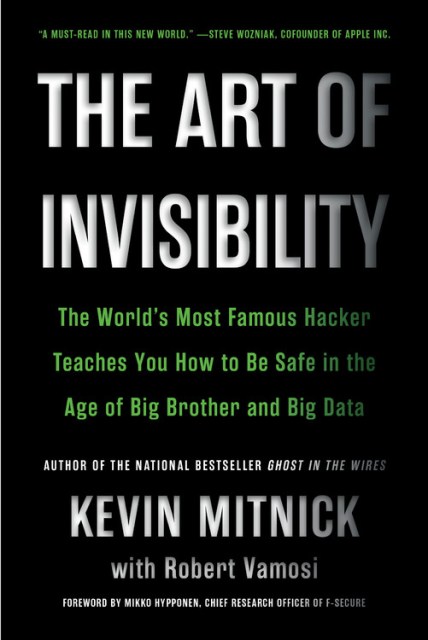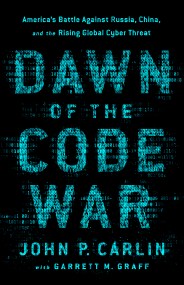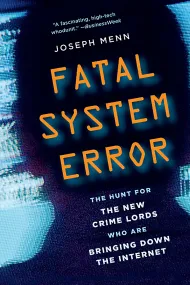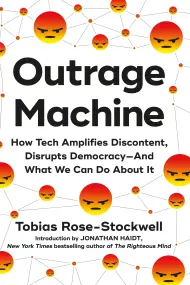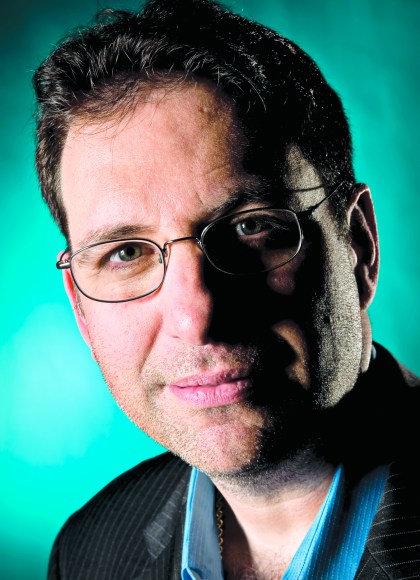By clicking “Accept,” you agree to the use of cookies and similar technologies on your device as set forth in our Cookie Policy and our Privacy Policy. Please note that certain cookies are essential for this website to function properly and do not require user consent to be deployed.
The Art of Invisibility
The World's Most Famous Hacker Teaches You How to Be Safe in the Age of Big Brother and Big Data
Contributors
Formats and Prices
Price
$21.99Price
$28.99 CADFormat
Format:
- Trade Paperback $21.99 $28.99 CAD
- ebook $11.99 $15.99 CAD
- Audiobook Download (Unabridged) $27.99
This item is a preorder. Your payment method will be charged immediately, and the product is expected to ship on or around September 10, 2019. This date is subject to change due to shipping delays beyond our control.
Also available from:
Be online without leaving a trace. Your every step online is being tracked and stored, and your identity literally stolen. Big companies and big governments want to know and exploit what you do, and privacy is a luxury few can afford or understand.
In this explosive yet practical book, Kevin Mitnick uses true-life stories to show exactly what is happening without your knowledge, teaching you “the art of invisibility” — online and real-world tactics to protect you and your family, using easy step-by-step instructions.
Reading this book, you will learn everything from password protection and smart Wi-Fi usage to advanced techniques designed to maximize your anonymity. Kevin Mitnick knows exactly how vulnerabilities can be exploited and just what to do to prevent that from happening.
The world’s most famous — and formerly the US government’s most wanted — computer hacker, he has hacked into some of the country’s most powerful and seemingly impenetrable agencies and companies, and at one point was on a three-year run from the FBI. Now Mitnick is reformed and widely regarded as the expert on the subject of computer security. Invisibility isn’t just for superheroes; privacy is a power you deserve and need in the age of Big Brother and Big Data.
“Who better than Mitnick — internationally wanted hacker turned Fortune 500 security consultant — to teach you how to keep your data safe?” —Esquire
-
Praise for The Art of InvisibilitySteve Wozniak, cofounder, Apple Inc.
"How would it feel to find out that your neighbor and friend has secretly observed you in your own home for years? The place that should be most private to you was not, and the intruder's devices themselves weren't something you'd ever have thought to look for. This kind of behavior is the opposite of giving normal people freedom and security, of valuing and respecting them as humans--and it's happening more and more. The answer to peeping eyes and cyber theft is to move society toward greater cyber-security and it all starts with essential education about being private and invisible in our daily lives. Kevin's book is the must read in this new world." -
"The FBI's most-wanted hacker."Wired
-
"Who better than Mitnick -- internationally wanted hacker turned Fortune 500 security consultant -- to teach you how to keep your data safe from spear phishing, computer worms, and Fancy Bears?"Esquire
-
"Offers a sobering reminder of how our raw data -- from email, cars, home Wi-Fi networks and so on -- makes us vulnerable."Amy Webb, New York Times Book Review
-
"Mitnick's new book aims to help everyone -- from the everyday internet users to the hardcore paranoid -- do a better job of keeping personal information private."Laura Hautala, CNET
-
Praise for The Art of DeceptionPublishers Weekly
"The most famous computer hacker in the world. A tour de force." -
"The world's most famous computer hacker and cybercult hero...has written a blueprint for system security based on his own experiences. Required reading for IT professionals, this book is highly recommended for public, academic, and corporate libraries."Library Journal
-
Praise for Ghost in the WiresFrank W. Abagnale, author of Catch Me if You Can
"Intriguing, insightful and extremely educational into the mind of one who truly mastered the art of social engineering with the use of a computer and modern day technologies. I strongly believe that one can learn a great deal about protecting themselves once they understand how another one perpetrates the crime."
- On Sale
- Sep 10, 2019
- Page Count
- 320 pages
- Publisher
- Back Bay Books
- ISBN-13
- 9780316380522
Newsletter Signup
By clicking ‘Sign Up,’ I acknowledge that I have read and agree to Hachette Book Group’s Privacy Policy and Terms of Use
